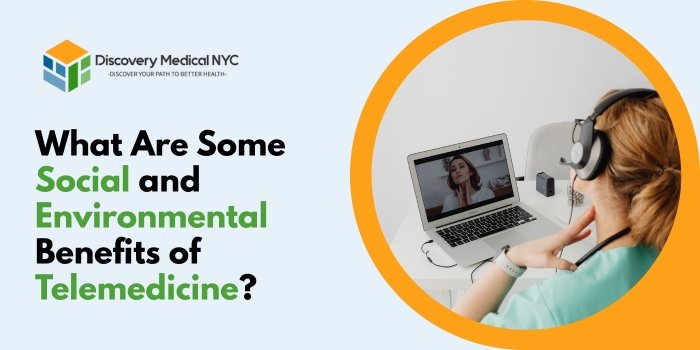Telemedicine is revolutionizing healthcare by providing vital social and environmental benefits. Here’s a deeper look at how it makes a positive impact:
1. Improved Access to Healthcare Services
Telemedicine eliminates geographical barriers, making healthcare more accessible to individuals in:
- Rural and Remote Areas: Patients who live far from medical facilities can access specialists without extensive travel.
- Underserved Communities: Telemedicine connects people in low-income or marginalized communities to essential healthcare services, reducing health disparities.
- Elderly and Disabled Individuals: Those with mobility limitations can receive medical consultations from the comfort of their homes, reducing the risk of injury or stress associated with travel.
2. Environmental Benefits: Reducing Carbon Footprint
Telemedicine significantly reduces environmental impact by:
- Decreasing Transportation Emissions: Fewer in-person visits mean less driving, reducing greenhouse gas emissions and air pollution.
- Minimizing Facility Usage: With more virtual appointments, healthcare facilities can lower energy consumption related to heating, cooling, and lighting.
- Reducing Waste: Less paper usage for patient forms and fewer disposable medical supplies during in-person visits contribute to waste reduction.
3. Cost Savings and Efficiency
- Reduced Travel Costs: Patients save money on gas, parking fees, and public transportation.
- Minimized Time Off Work: Virtual visits are typically quicker, allowing patients to attend appointments without taking an entire day off work.
- Lower Operational Costs: Clinics can reduce overhead expenses, such as staffing and facility maintenance, by offering more telemedicine services.
4. Public Health Protection
Telemedicine promotes safer healthcare interactions by:
- Reducing Disease Transmission: Virtual consultations limit exposure to contagious diseases in waiting rooms and healthcare facilities.
- Encouraging Preventive Care: People are more likely to seek timely care when they can do so conveniently from home, preventing complications and reducing emergency room visits.
5. Data-Driven Healthcare and Monitoring
Telemedicine facilitates better health monitoring and follow-up care through:
- Remote Patient Monitoring: Devices can track vital signs, medication adherence, and chronic conditions, providing real-time data to healthcare providers.
- Improved Patient Education: Online portals and virtual visits provide opportunities for ongoing health education and personalized care plans.
Conclusion:
Telemedicine is more than a convenient healthcare option — it’s a powerful tool for promoting social equity, environmental sustainability, and public health. By reducing transportation needs, conserving resources, and enhancing healthcare access, telemedicine is transforming the way patients receive care while minimizing environmental impact.

